This article was co-authored by wikiHow Staff. Our trained team of editors and researchers validate articles for accuracy and comprehensiveness. wikiHow's Content Management Team carefully monitors the work from our editorial staff to ensure that each article is backed by trusted research and meets our high quality standards.
There are 20 references cited in this article, which can be found at the bottom of the page.
This article has been viewed 114,567 times.
Learn more...
College is expensive and doesn’t leave you much time to make money. You will often need to eat on a budget, which means no fine dining restaurants on your list, and you might not even have the time for elaborate cooking. There are cheap, quick, and easy ways to get by during college, but many of them will not be healthy. Consider whether a meal plan will be the most efficient option for you.
Steps
Rethinking How You Eat
-
1Make the most of your college meal plan. If you live in the dorms, you might be required to purchase a meal plan. If not, you still might want to take the opportunity to purchase one. Meal plans typically are cheaper than eating out, if not than cooking at home. Calculate the expenses and determine what plan is appropriate for your schedule.[1]
- Meals plans vary significantly in price. To determine if yours is worth the investment, divide the price of the plan by the number of meals included.[2]
- The hidden expense of meal plans is that you often can’t use all of your meals, so you pay for more than you get. To avoid this, visit the dinning hall for every meal you are entitled to.
- Typically, meal plans offer the choice of two or three meals a day. If you don’t believe you will be able to get to lunch most days of the week, consider signing up for two meals a day. Snack on other items during the middle of the day.[3]
- Meals plans have plenty of additional benefits. They offer a greater variety of food than you would typically be able to afford shopping, meaning that you can eat healthier. It saves you time and effort during a busy period of your life. Best of all, the dining hall is a great opportunity to socialize.
- Although it is typically against the rules, you can get the most of your meal plan by bringing some back home with you. Take a Ziploc bag and bring back some non-perishables, like baked goods. This can be a good way to turn your two meals per day into three.
-
2Learn to cook. Many students have rarely cooked before entering college. However, it is the cheapest way to eat. There are many cheap, hardy recipes that require little skill.[4]
- Restaurants in college towns can be cheap, but don’t be deceived. Even the cheapest restaurant food can be several times more expensive than food cooked at home.
- Also avoid precooked meals, like TV dinners. Though cheaper than eating out, they are more expensive than home cooked meals and generally less hardy.
Advertisement -
3Know what nutrients to focus on. The best sources of sustained energy are unrefined carbohydrates, protein, and unsaturated fats. Sugary foods, like candy or processed cereals, give only short bursts of energy.[5]
- Consider purchasing vitamins. Cheap, hardy meals are often short on fruit and vegetables. You can compensate for this with vitamin supplements.
-
4Eat snacks. A large lunch can actually cause your energy level to crash at the end of the day. Small, frequent meals, composed of healthy items like protein and unrefined carbohydrates, are the best way to make the most of your food.[6]
- For midday snacks, consider nuts, bananas, and cheese.
- Try to buy your snacks in the bulk aisle. Food is typically cheaper there.
-
5Drink lots of water. Water can be a good source of energy. It can also make you feel full when you’re trying to make the most of a less than fulfilling meal. Try chugging a large glass of water about 30 minutes before you begin your meal.[7]
-
6Watch for free food. Many campus organizations hold events that offer free food. Keep a close eye on what campus events are coming up and try to drop by as many as possible to get a free bite to eat.[8]
- Many academic departments also have their own coffee machines. These can be a useful way to cut down on the expense of your caffeine habit.
Shopping
-
1Create a budget. You don't want to starve yourself unnecessarily or find yourself without the funds to feed yourself before the semester is over. At the beginning of the year, determine how much money you have for food. Divide that number by the number of weeks in your term. Spend only this amount at the store each week.
- Periodically, maybe once a month, check your bank account to determine if you are on track. If not, readjust your budget to reflect your current funds.
-
2Watch for deals. Check the local newspaper for coupons and sales that you can take advantage of. Know which stores are the best for specific types of food. Some stores have great prices for pre-made meals, whereas others specialize in fresh produce.[9]
- Many stores have cards that allow you to get special deals. Be sure to get one of these. It only takes a little bit of time to sign up and the savings can be significant.
-
3Stick to a list. One certain way to spend more money than you want at the store is to buy everything that looks appetizing. Only deviate from the list if it is to take advantage of great deals. In the long run, sticking to a list will improve your understanding of what you need at the store and cut down on expensive food waste.
-
4Buy seasonal. Fruits and vegetables are cheaper when they are in season. Look up what is in season and try to stick to these items when you are at the store.
- There are now websites that will allow you to input the month and your location to determine what is currently in season. Do this prior to writing up your shopping list, so that you will have a plan before entering the grocery store.
-
5Buy generic and plain options. Brand name items cost more than generics. Plain items are also cheaper. For example, you can purchase unflavored yogurt and add fruit or jam, rather than purchasing pre-flavored yogurt. Avoid the chicken at the butcher that has been pre-spiced; you can spice your own chicken for a fraction of the price.
-
6Buy in bulk. Many items are cheaper when you buy in large portions; there are even specialized stores that sell in bulk for a fraction of the item’s normal price. To take advantage of these deals without letting food go to waste, put some in the freezer for later.[10]
- Some of the best foods to buy in bulk include: oatmeal, dry pasta, dry beans, and dry rice. Until they are cooked, these items last virtually forever. That means you don't need to worry about them going bad because you bought more than you could eat.
Cooking Cheap Meals
-
1Prepare to cook in a dorm. If you are living a dorm, your access to a full kitchen could be limited. In that case, you might want to buy a few small appliances to keep yourself well fed. Alternatively, purchase items that don't require refrigeration and cooking.
- Consider purchasing a mini-fridge. This will allow you to keep some perishable items in your dorm room.
- A hot plate, which generally costs around $50, is a good way to quickly heat up items in a small space.
- A pan is important. Also, consider a large wooden spoon that can be used to stir and serve food.
- Alternatively, consider equipping your room with some items that don't need preparation. These include fruits, nuts, and processed snack foods.
-
2Practice cooking. Start off cooking meals that are cheap and pose little risk for foodborne illness. Consider watching someone else cook once or twice or cooking for someone who can correct your mistakes.[11]
- Meat is both expensive and can cause serious illness if improperly cooked. Better foods to start out with include rice, beans, and pasta.
- Cook books often have overly complicated recipes that require very specific ingredients and equipment you might not have. Stick to the internet. It is replete with recipes that will help you make use of whatever ingredients you have on hand.
-
3Make oatmeal. Oatmeal is incredibly cheap and a good source of energy. You can purchase it in pre-flavored packets that require little effort to make. It is cheaper, however, to purchase a huge container and add your own ingredients.[12]
- Tossing bananas into your oatmeal is a good way to provide additional flavor, make it hardier, and finish off fresh food. Bananas are typically one of the cheapest fruits available. They can be around $0.40 per pound. Keep in mind that these tend to have a short shelf life.[13]
-
4Make eggs. Eggs are one of the cheapest sources of protein. You can fry them up for breakfast. But if you want a midday snack that you can carry around, consider boiling them. Hard boiled eggs are a great way to get energy, come in their own container, and keep well.[14]
-
5Make PB&J sandwiches. These are incredibly cheap and easy to make. Nut butters, whether they are peanut butter, almond butter, or sunflower seed butter are hardy. All the ingredients are easy to keep. PB&J sandwiches make a good midday snack for the student on a budget.[15]
-
6Cook ramen. Ramen is an incredibly popular college lunch for good reason. It is cheap, quick, and requires almost no cooking skill. However, you can add additional ingredients to it to make it tastier and healthier.[16] Good options include:
- Beef and broccoli
- Chicken
- Vegetables
- Ground beef
- Ramen can be as cheap as $0.20 - $0.40 per pack: Just add water, heat in microwave, and serve.
-
7Cook rice and beans. If you buy unprocessed rice and beans in bulk, you can make this hearty dinner for as little as $.44. Instead of canned beans, buy dry, bagged beans. You will need to soak these in water overnight, but that does not require much work.[17]
- Rice and beans stay fresh indefinitely until they are cooked. After cooking them though, they will only keep about five days.[18]
- Rice and beans are incredibly adaptable. Try throwing in some sausage or chicken. Creole spices and hot sauce can give it flavor, as can onions. You can also consider eating it with salsa and chips.
-
8Cook pasta. Pasta is a great, hearty dinner that is cheap. It is easy to make. You can also add a variety of ingredients to pasta to change the way it tastes and the type of nutrients that you get from it.[19]
- You can use a variety of sauces. Tomato based sauces and alfredo sauces can be purchased premade at the store. You can also simply put olive oil on top of your pasta, for some healthy fats.
- Pasta is also a good meal to incorporate cheese. Mozzarella and Parmesan go well on top of pasta.
- For more vitamins, incorporate mushrooms, spinach, peas, onions, tomatoes, or cooked kale.
- You can throw in all sorts of meat, including ground beef, chicken, and bacon.
- Try multigrain pasta for more energy.
- Some discount stores sell pasta for only $0.75 a pound.
-
9Throw in some other items to your routine. Though the aforementioned options are good staples for living on a budget, a healthy diet requires a balance. Other food choices to consider include:[20]
- Soup can be a very cheap way to make sure that you get through your vegetables before they go back. Simply throw them in some broth and let them simmer. Eat with bread.
- Cheese is a cheap, high protein, high calorie food.
- Bagels are a hearty, cheap snack.[21]
- Macaroni and cheese can be sold in packs of 3 for $1.00.
- Potatoes can be bought in bulk. A 10-pound bag may cost only $3.49. Potatoes keep particularly well.
- A 10-pound bag of chicken legs can cost as little as $4.99-$6.99.
Warnings
- Discounted foods may be close to or have passed their expiration date; be sure to check before you buy.⧼thumbs_response⧽
- Cheap food is not always the healthiest when consumed in excess. Be sure to maintain a balanced diet.⧼thumbs_response⧽
- Discount foods don't always go through the same quality control process as name brand foods; be sure to check for foreign matter in the food before cooking and eating.⧼thumbs_response⧽
- If have any health conditions that require a special diet, check first with your doctor to ensure that you maintain optimum health.⧼thumbs_response⧽
- Canned foods and soups are typically high in sodium.[22]⧼thumbs_response⧽
References
- ↑ https://www.collegexpress.com/articles-and-advice/student-life/articles/living-campus/what-you-need-know-about-college-meal-plans/
- ↑ http://www.consumerismcommentary.com/how-a-college-meal-plan-wastes-money/
- ↑ https://www.affordablecollegesonline.org/college-resource-center/meal-plans/
- ↑ https://eduadvisor.my/articles/ways-college-students-save-money-on-food/
- ↑ http://www.health.harvard.edu/healthbeat/eating-to-boost-energy
- ↑ http://www.health.harvard.edu/healthbeat/eating-to-boost-energy
- ↑ https://www.cdc.gov/healthyweight/healthy_eating/water-and-healthier-drinks.html
- ↑ https://eat-move-save.extension.illinois.edu/
- ↑ https://collegepuzzle.stanford.edu/7-ways-to-save-money-on-food-in-college/
- ↑ https://www.helpguide.org/articles/healthy-eating/eat-healthy-for-less.htm
- ↑ https://www.forbes.com/sites/priceonomics/2018/07/10/heres-how-much-money-do-you-save-by-cooking-at-home/?sh=5883904035e5
- ↑ https://hhd.psu.edu/hdfs/tips-save-money-while-college
- ↑ https://www.bananalink.org.uk/all-about-bananas/
- ↑ https://health.clevelandclinic.org/what-are-the-best-sources-of-protein/
- ↑ https://www.businessinsider.com/peanut-butter-and-jelly-is-officially-the-cheapest-sandwich-you-can-make-2014-8
- ↑ https://www.npr.org/sections/thesalt/2015/11/04/454671629/behind-bars-cheap-ramen-is-as-good-as-gold
- ↑ https://www.npr.org/sections/thesalt/2012/05/03/151932410/man-cannot-live-on-rice-and-beans-alone-but-many-do
- ↑ http://www.eatbydate.com/proteins/beans-peas/beans-shelf-life-expiration-date/
- ↑ https://www.savethestudent.org/save-money/food-drink/amazingly-easy-pasta-recipes.html
- ↑ https://www.helpguide.org/articles/healthy-eating/eat-healthy-for-less.htm
- ↑ https://clarke.edu/campus-life/health-wellness/counseling/articles-advice/10-healthy-eating-tips-for-the-busy-college-student/
- ↑ https://www.ucsfhealth.org/education/guidelines-for-a-low-sodium-diet






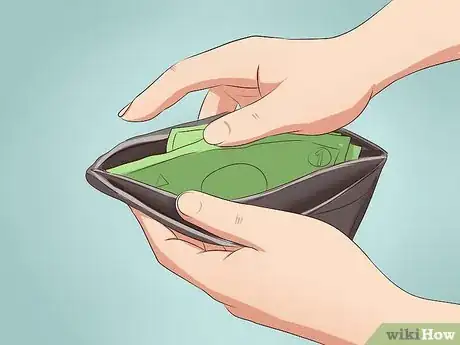
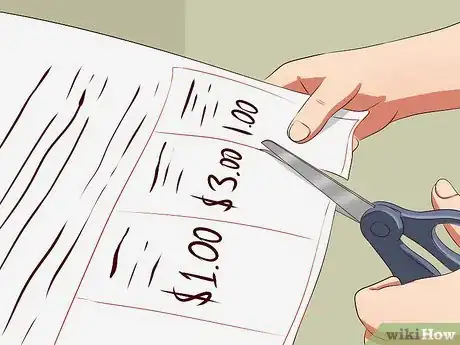




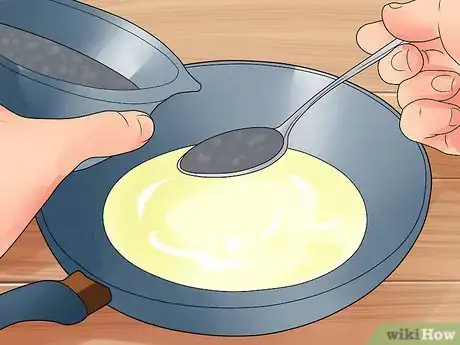


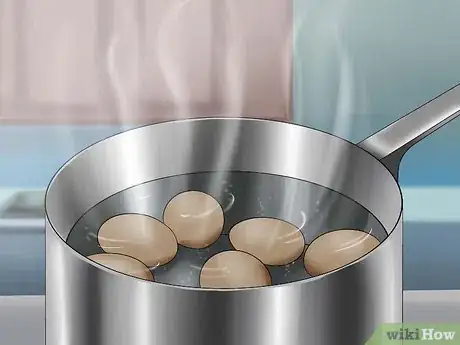
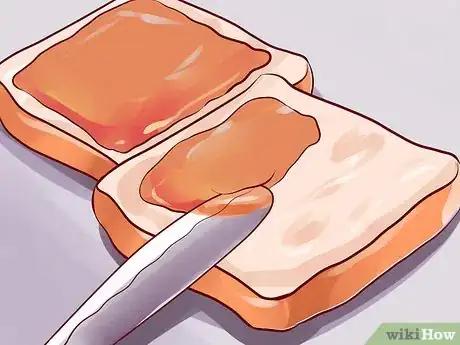

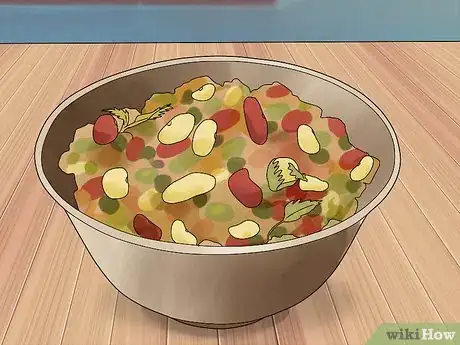
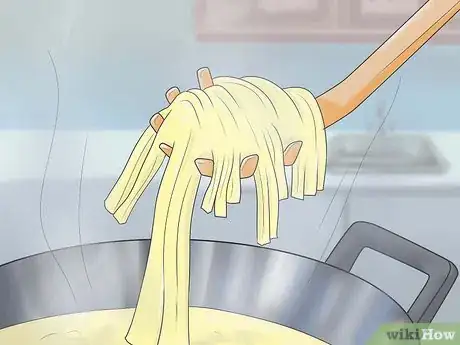

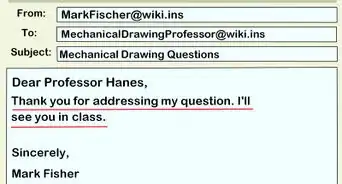






















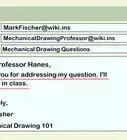





































Medical Disclaimer
The content of this article is not intended to be a substitute for professional medical advice, examination, diagnosis, or treatment. You should always contact your doctor or other qualified healthcare professional before starting, changing, or stopping any kind of health treatment.
Read More...